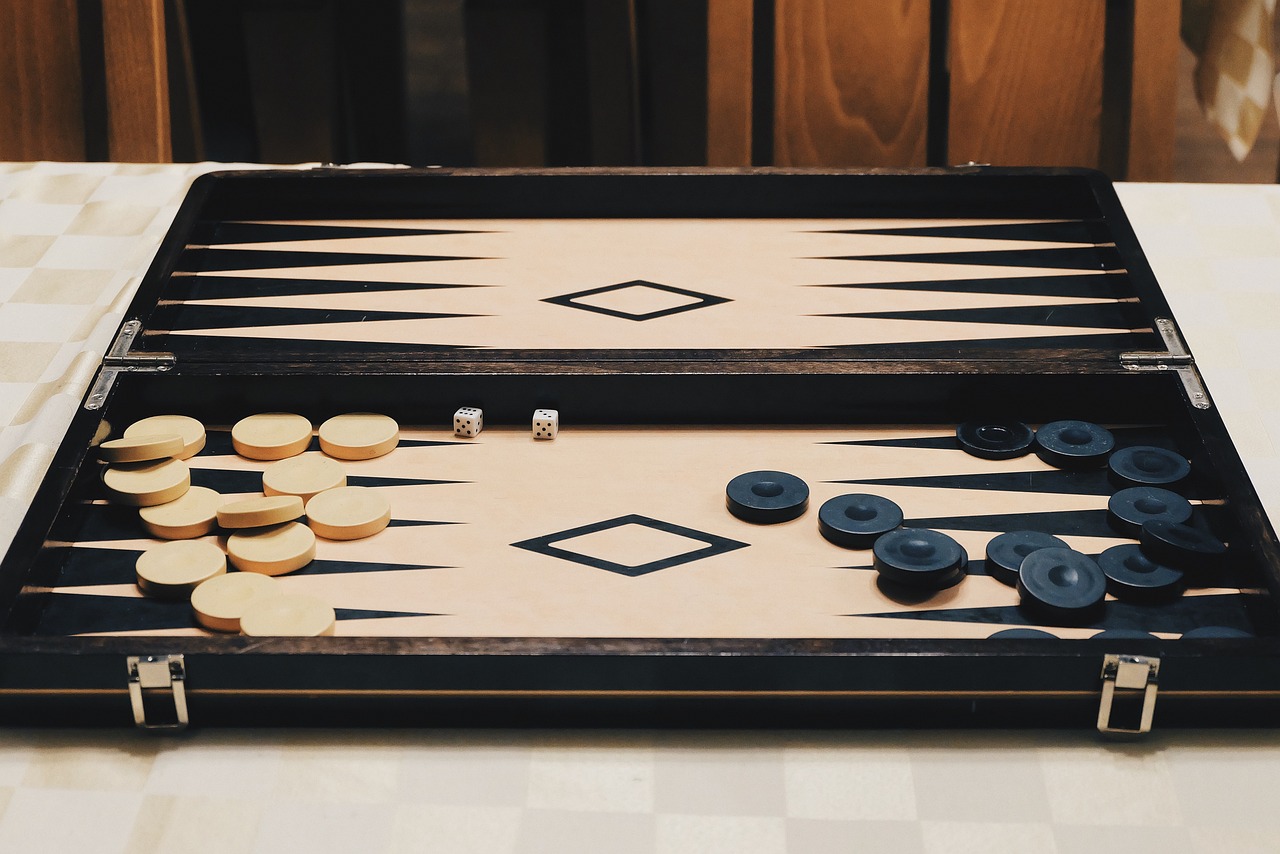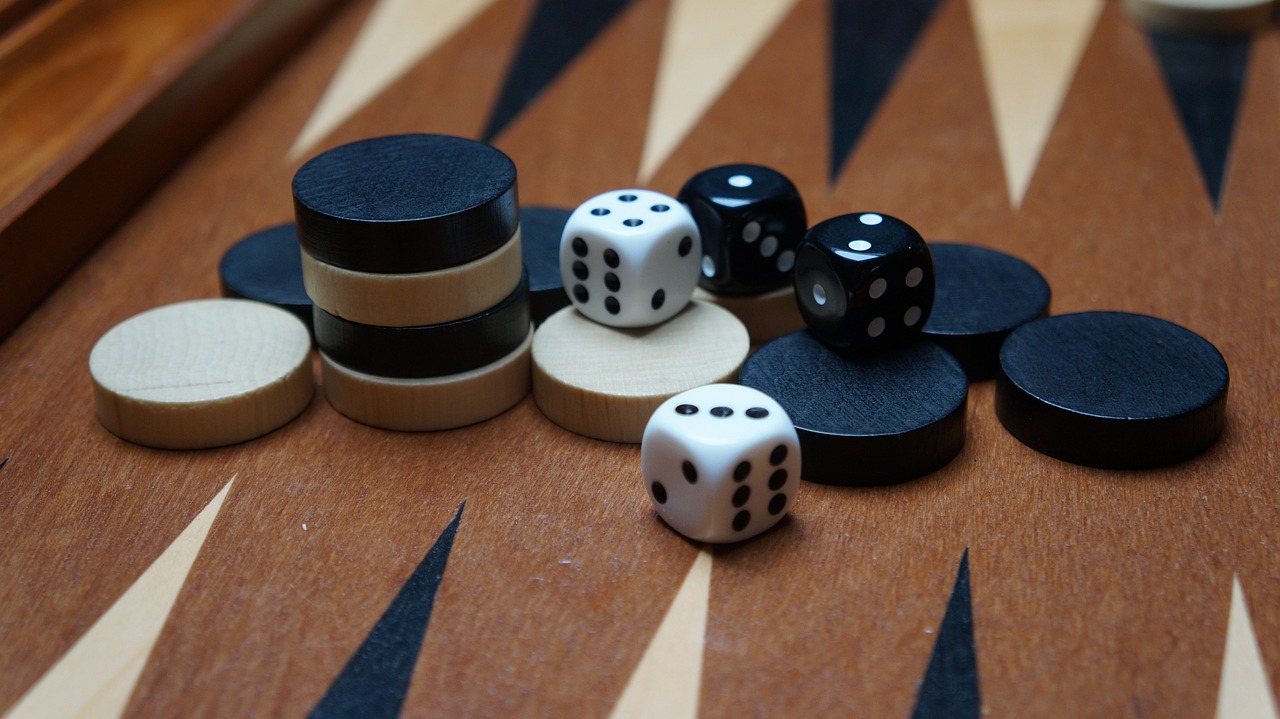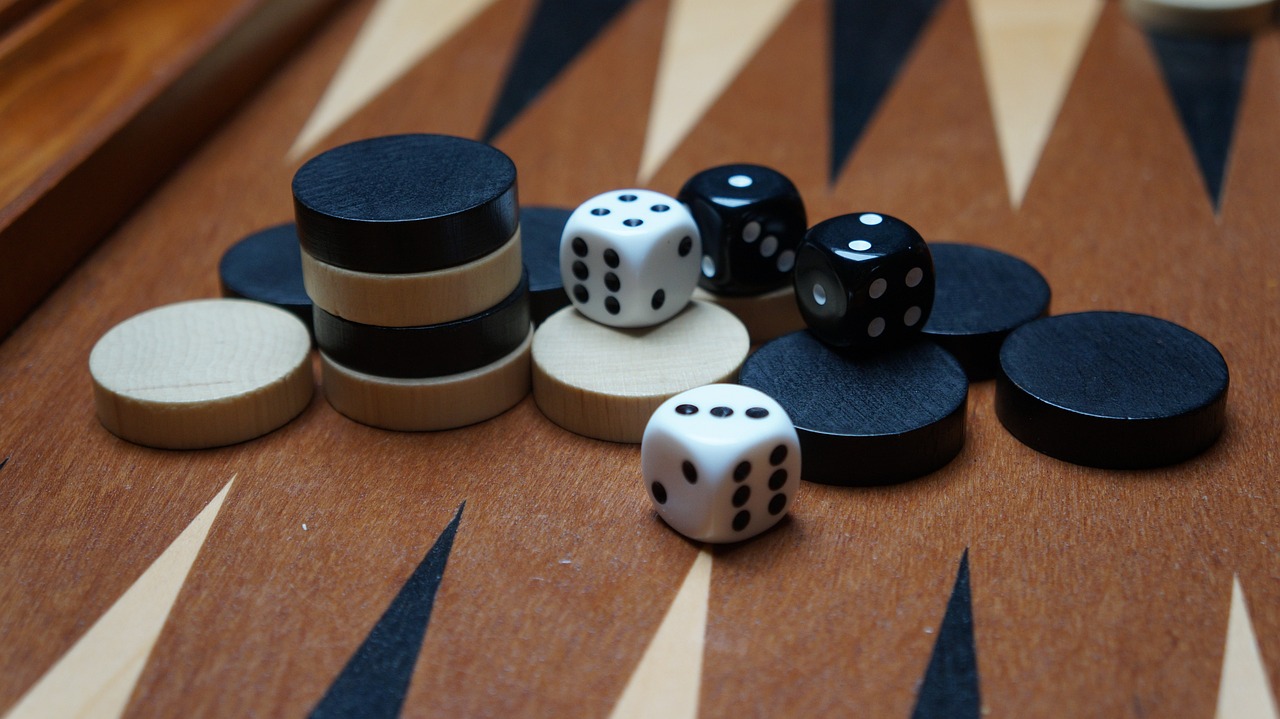For many newcomers or casual players, backgammon can be a highly entertaining game. However, the doubling cube can be a great addition for those looking to add an extra level of strategy and excitement to their gameplay. While it’s not necessary to use this type of cube, it’s an essential aspect of the game that has contributed to the resurgence of backgammon during the 20th century.
What is the doubling cube?
While a regular die is used to determine the movement of the checkers on the board, the doubling cube is used to keep track of the current stakes of the game and to indicate the value of each player’s offer to double the game. The backgammon doubling cube is typically larger than a regular die because it serves a different purpose in backgammon. The purpose of this is also to make it easier to read during the game. Additionally, the doubling cube has a different set of numbering compared to a regular cube, which has the numbers 1 through 6; the doubling cube has 2, 4, 8, 16, 32, and 64.
How do you use the doubling cube?
- Each game of backgammon begins with a value of 1 point. The doubling cube is placed in the middle of the bar, and at this point neither player controls it.
- As the game progresses, and one player feels they have an advantage over their opponent, they can choose to offer a double before rolling the (regular) dice. To do so, they must take the doubling cube and place it in front of their opponent with the face of the dice showing 2. The opposing player now has two options, either to accept, or reject the double.
- If the opposing player rejects the double, they lose 1 point, and the game continues at its current value. This also means that either player can offer a double again later in the game.
- If, on the other hand, the opposing player decides to accept the double, the value of the game is doubled from 1 to 2. Once a player accepts a double, they take control of the doubling cube and are the only ones who can offer the next double.
- The doubling cube can continue to change hands between players as the game progresses and more doubles are made. The highest number on the cube is 64, but in theory, there’s no limit to how high the stakes can be raised.
Strategies for using the doubling cube
A key strategy when using the doubling cube is to consider the potential outcome of the game before offering or accepting a double. If a player has a significant advantage, they may suggest doubling to intimidate their opponent into giving up. On the other hand, if a player is falling behind, they may choose to reject a double to avoid losing additional points.
Another strategy is to use the doubling cube as a bluff. A player may offer a double to intimidate their opponent, even if they don’t have a significant advantage. If the opponent rejects the double, the bluffing player may gain an advantage by increasing the game’s stakes.
Players should be aware of the potential outcomes of each move and consider whether the risk of accepting or offering a double is worth the potential reward.







